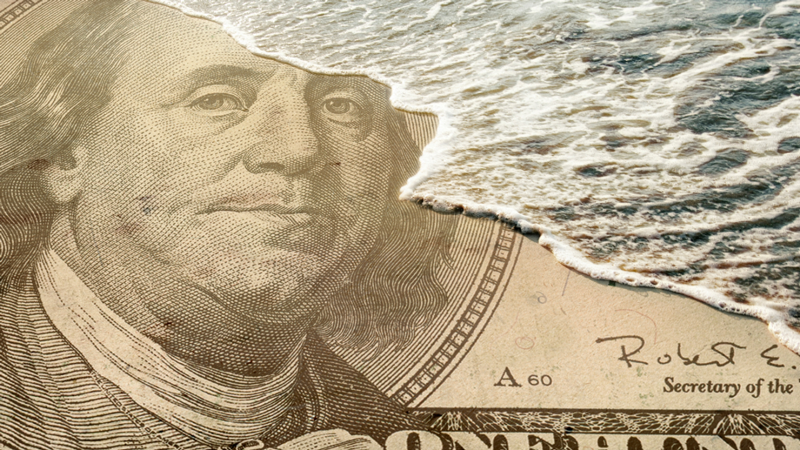With less than four months to go until the presidential election, the economy is delivering some good news. At this point two years ago, inflation was above 9 percent. Last month, it dipped to 3 percent, while wages continued to grow.
The bad news is that a new villain has arrived on the scene. Call it “climate inflation.”
Over a generation, we’ve seen global climate change progress from science to a heated political debate and now to a hotter world. It’s become a kitchen table issue that threatens the financial as well as physical security of America’s families.
Anyone worried about rising costs of living and higher taxes should be concerned. Yet, climate change is getting too little attention in presidential campaigns, especially since President Biden and Donald Trump have diametrically opposed views. Trump and his newly named running mate JD Vance, don’t believe global warming is a real issue, while Biden deserves credit for doing more to confront climate change than any president in American history
The physical risks of climate change are indisputable. Last year alone, 28 big weather disasters (each causing more than $1 billion in damages) cost a total of $93 billion, the highest on record. Over the last decade, big weather disasters caused more than $1.2 trillion in reported damages. The actual damages were significantly higher because the government doesn’t count disasters where damages are less than $1 billion.
However, these numbers don’t tell us how climate change affects families, including its impacts on household budgets.
Take cooling, for example. It isn’t optional anymore. Last week, historic heat waves threatened the lives of more than 100 million Americans. According to the Center for Energy Poverty and Climate, the average price to cool a home will be $719 this summer, up 9 percent over last year.
Extreme weather raises food prices too. It’s one reason that orange juice cost 42 percent more in April than the year before. Because the U.S. imports about 15 percent of its foods, extreme weather elsewhere in the world affects food prices here. One study predicts that rising temperatures could increase food inflation by more than 3 percent annually in the next decade.
One of the biggest kitchen-table issues is the rising cost of home insurance as weather disasters increase. The First Street Foundation, a climate-risk research organization, says nearly 36 million homes face rising insurance costs or reduced coverage, and homes in parts of the United States are becoming uninsurable. The BBC reported earlier this year that hazard insurance premiums are “a crisis unfolding across America — along both coasts, and through the Midwest.”
The National Bureau of Economic Research says the average premium in the United States jumped 33 percent from 2020 to 2023. The National Association of Realtors says the average home insurance policy, now $2,377, will rise another 6 percent this year. But premiums will be much more expensive where climate impacts are worse. The Association says home insurance for Florida residents will average $11,759 by the end of this year.
Large insurers such as State Farm, Allstate and Farmers have already pulled out of California and Florida, and more than a dozen home insurance companies have declared insolvency since 2019. Families that can’t obtain or afford insurance may be unable to buy homes since most mortgage companies require it.


